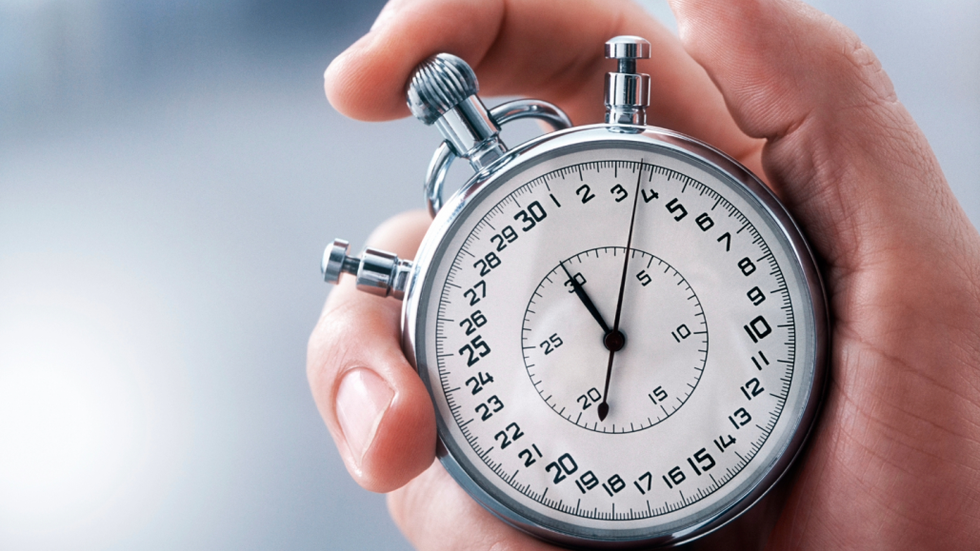About Leap Second:
- It is used as a measure to combat the long-term slowdown in the Earth’s rotation which is caused by the constant melting and refreezing of ice caps.
- It is added every now and then to Coordinated Universal Time (UTC) in order to synchronize a clock worldwide with the Earth’s ever slowing rotation.
- UTC consists of a time scale that combines the output of more than 300 highly precise Atomic clocks worldwide. Atomic clocks are very accurate and are stable within 1 second over a period of millions of years.
- The system of leap seconds was introduced in the early 1970s. So far, 27 positive leap seconds have been added.
- On the other hand, the Astronomical Time known as Universal Time (UT1) refers to the Earth's rotation around its own axis and determines the length of a day.
- Reason for addition: The Earth's rotation around its own axis is not regular, as sometimes it speeds up and sometimes it slows down, due to various factors including the moon’s gravitational Earth-braking forces that often results in ocean tides.
- As a result, Astronomical Time (UT1) gradually falls out of sync with Atomic time (UTC), and as and when the difference between UTC and UT1 approaches 0.9 seconds, a “Leap Second” is added to UTC through Atomic clocks worldwide.
- A leap second is normally inserted either on June 30 or December 31.
What is Negative Leap second?
- It is a second that is subtracted from our clocks to keep them in sync with the Earth's rotation.
- Till date no negative leap second was introduced because, in the last few decades the Earth's rotation has generally been a bit slow
- The International Earth Rotation and Reference Systems Service (IERS) monitors the Earth's rotation, and takes decisions on when to add or subtract a leap second.
- Since Earth is spinning faster than usual recently, timekeepers had thought of using negative leap seconds for the first time.
- In other words, they thought of subtracting leap seconds from our clocks to synchronise them with Earth's rotation.
